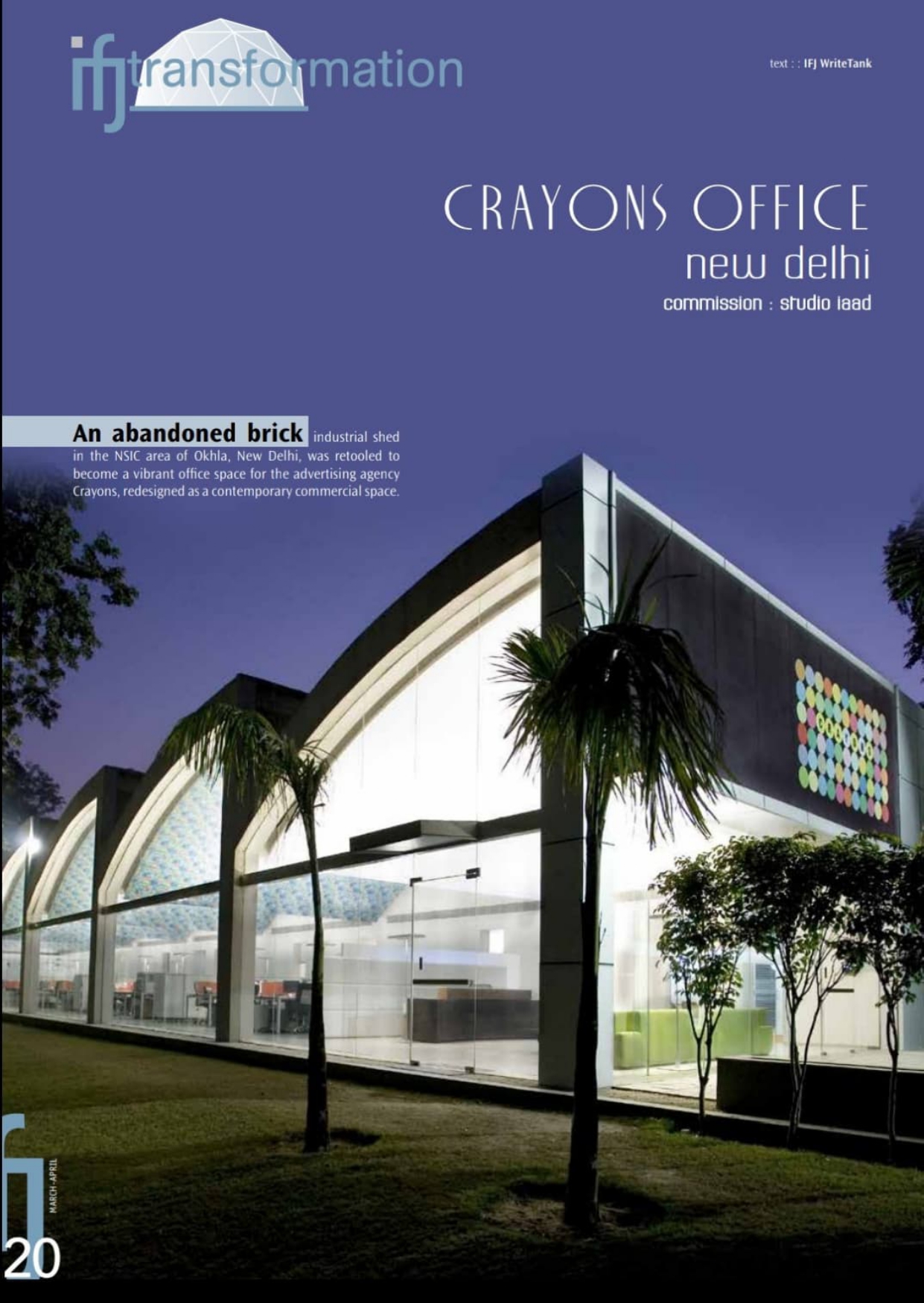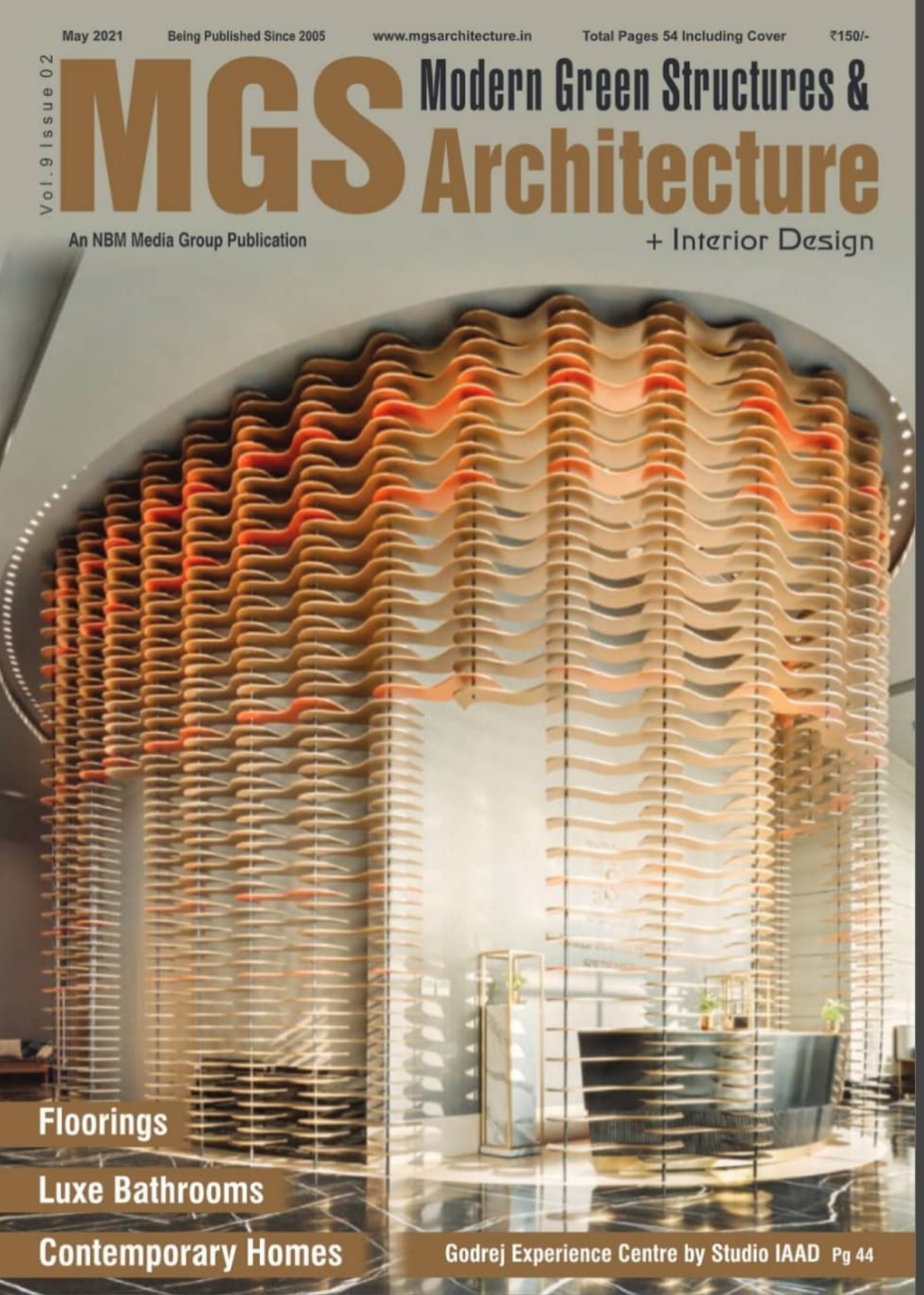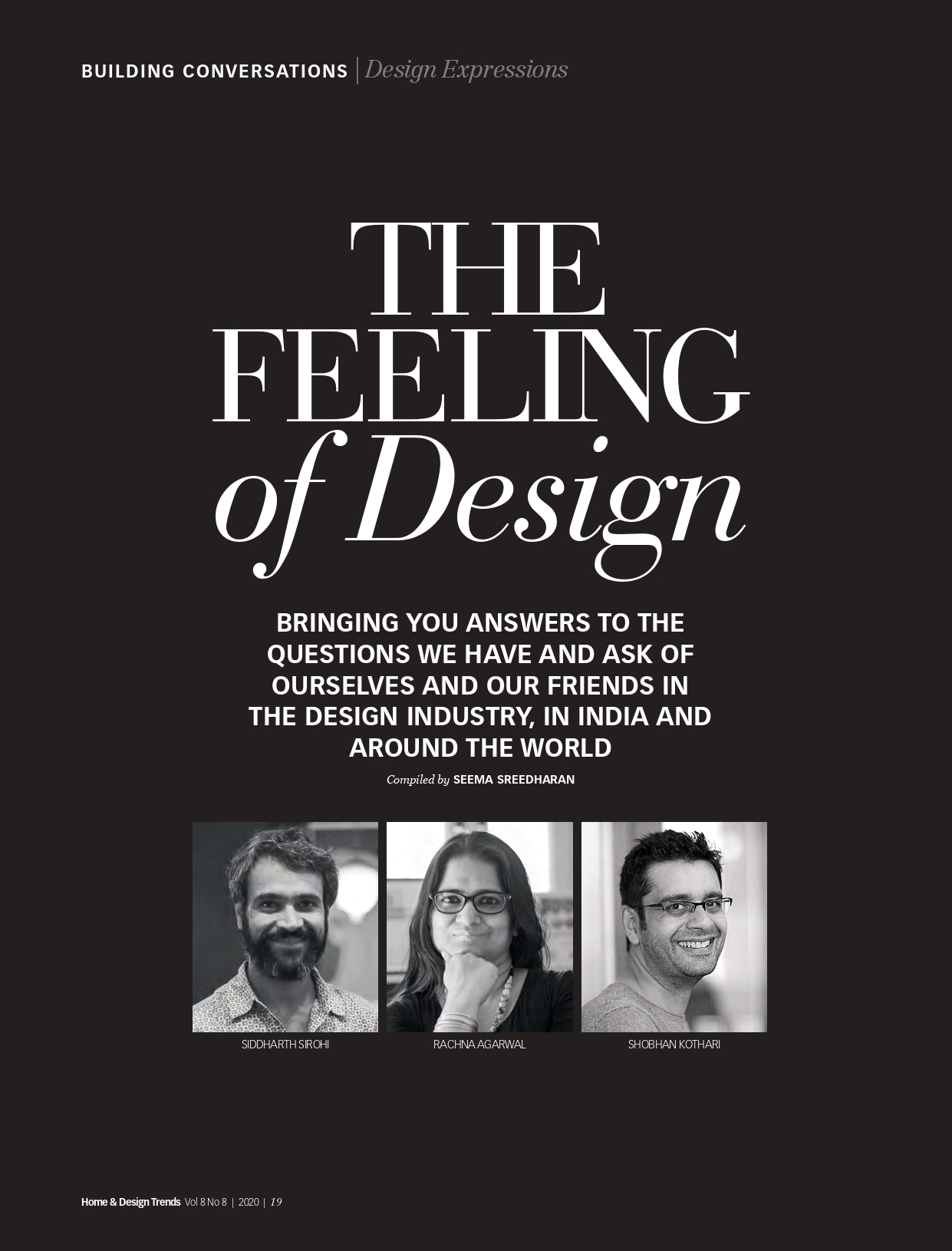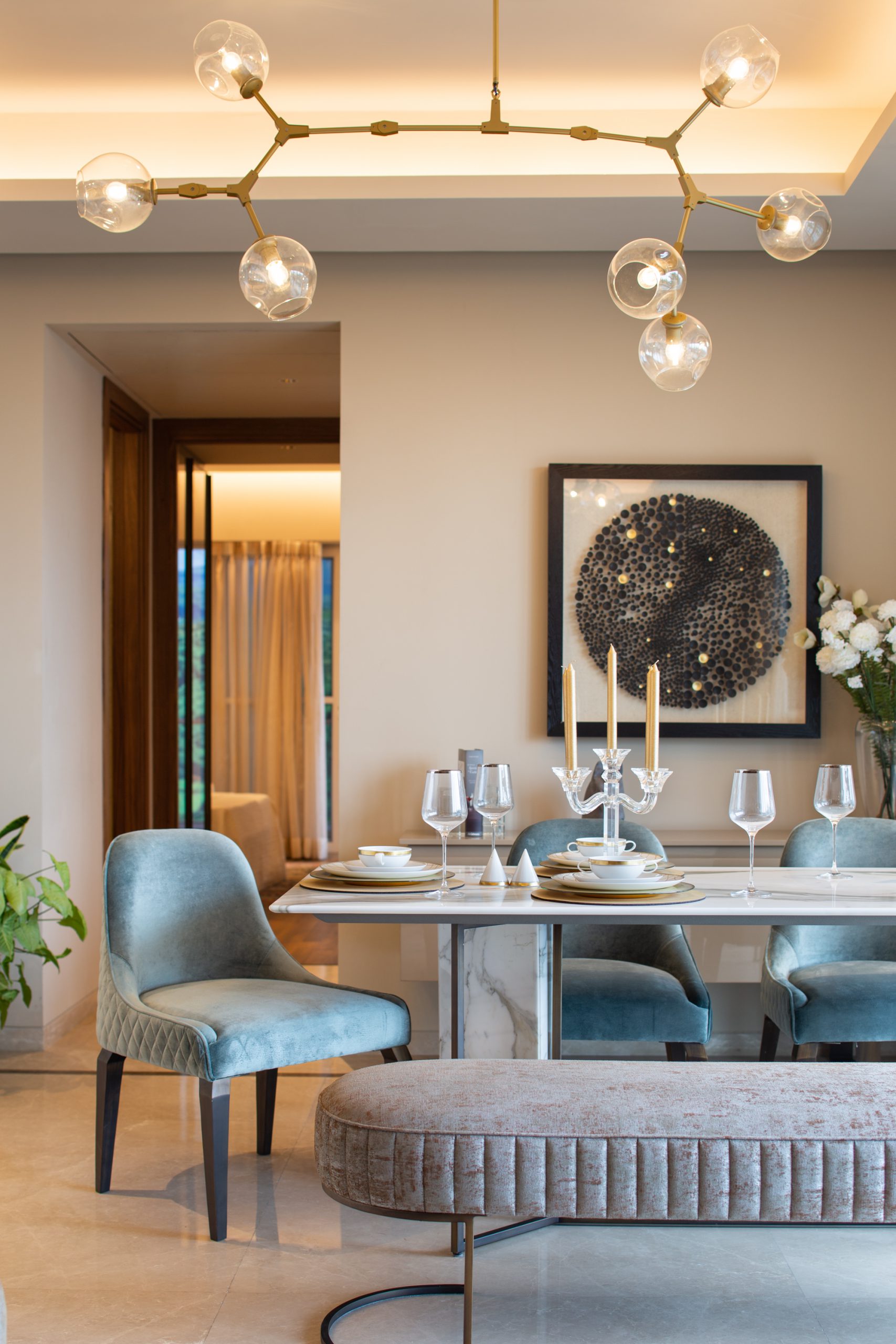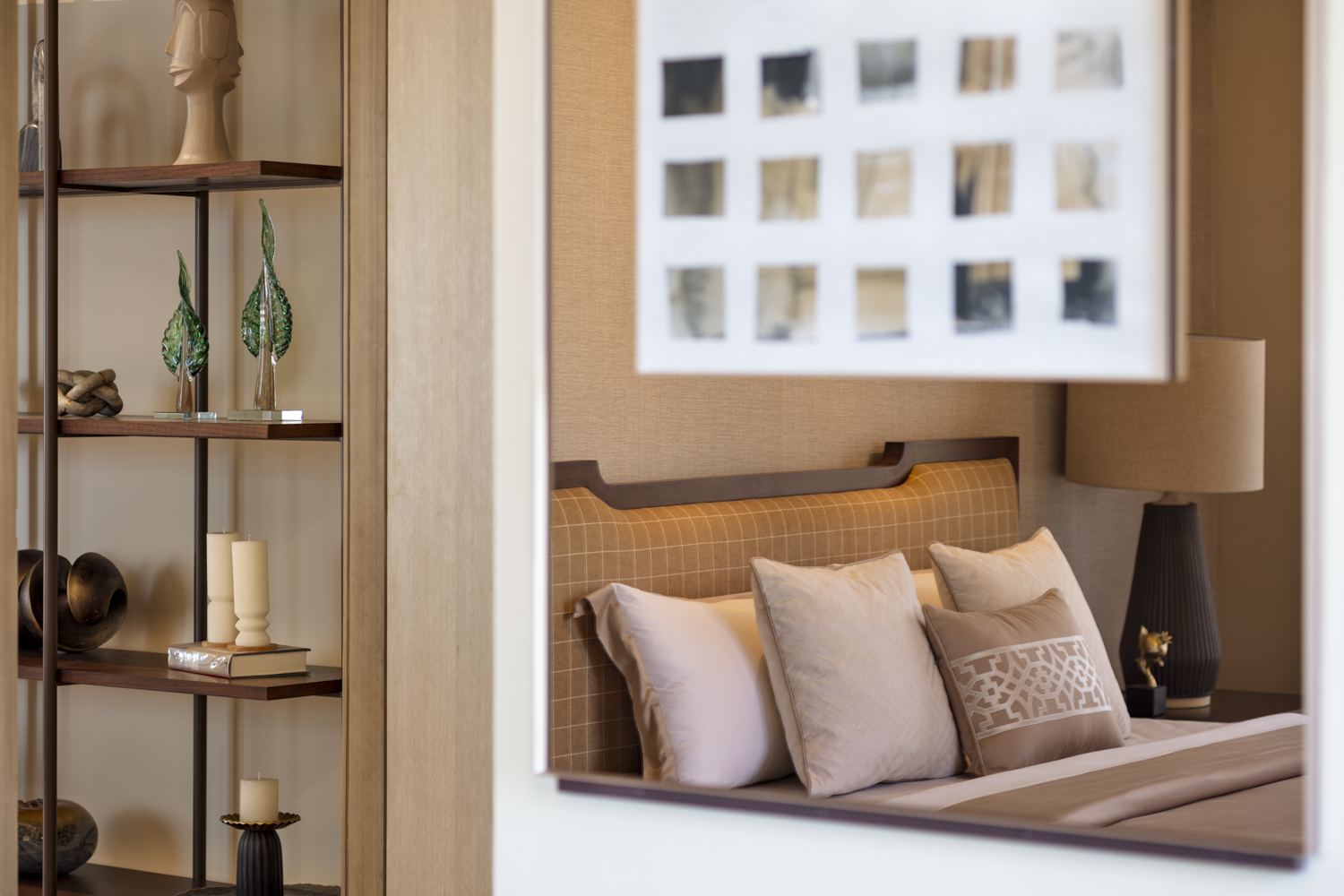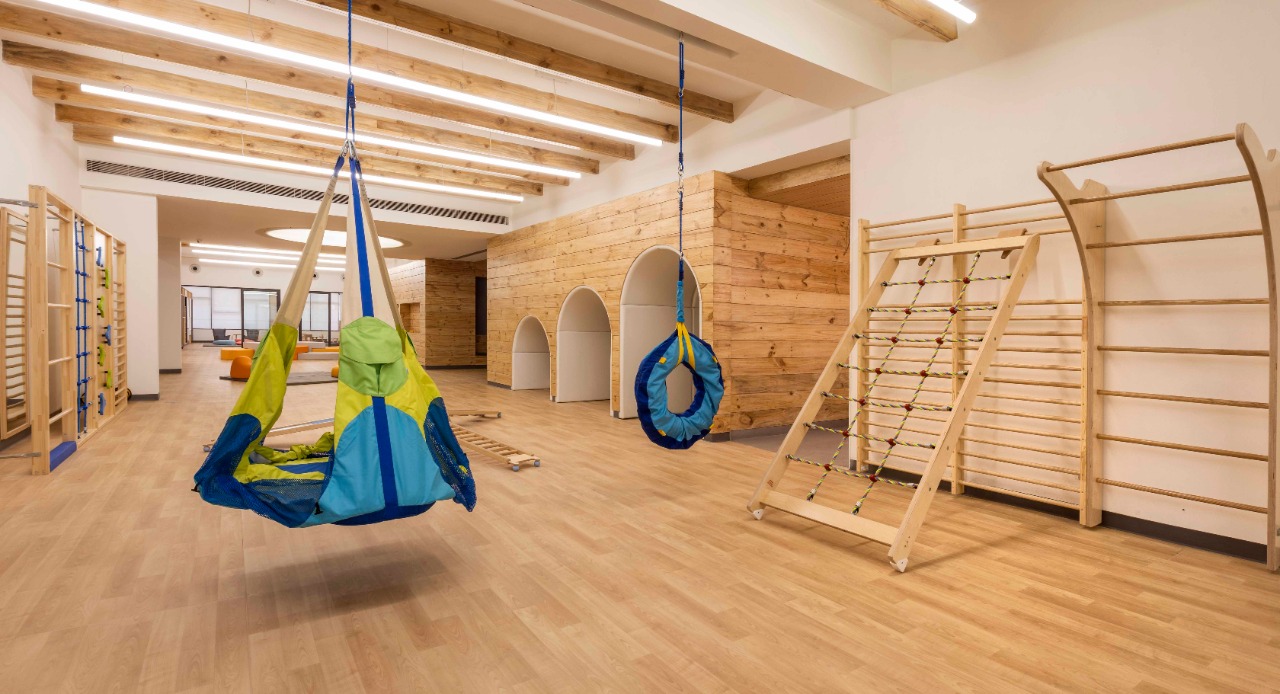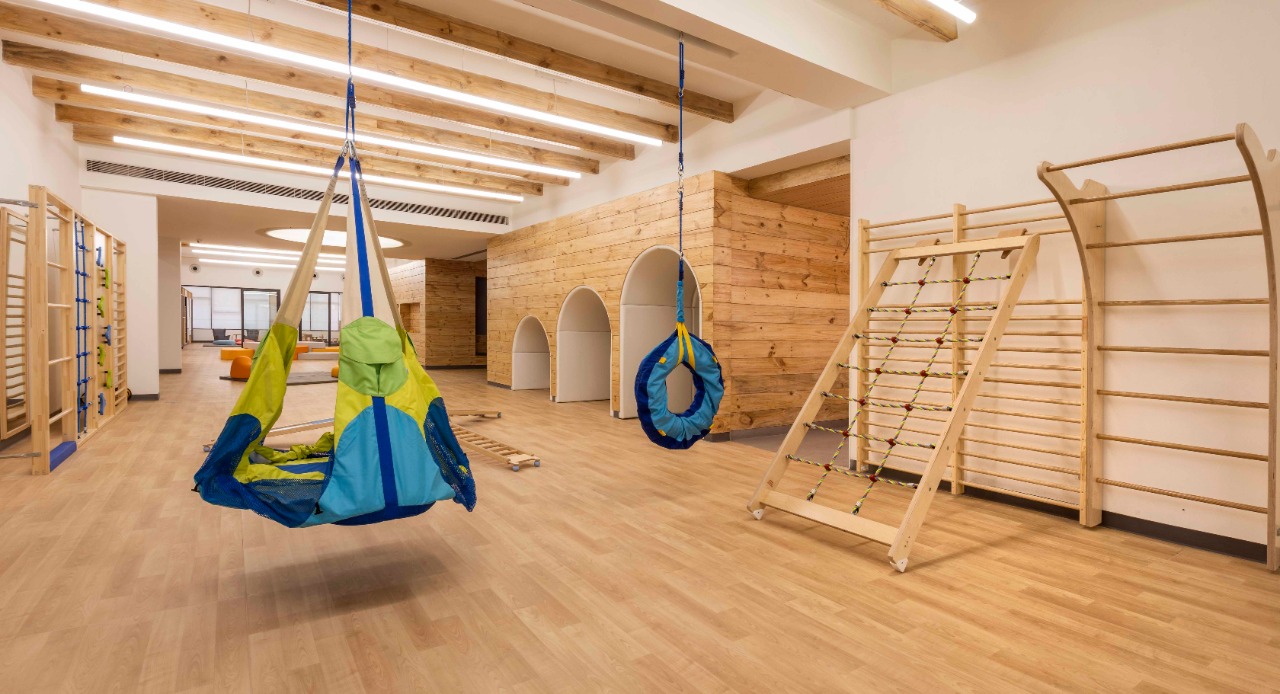
What Is Experiential and Emotive Design?
Blog 2
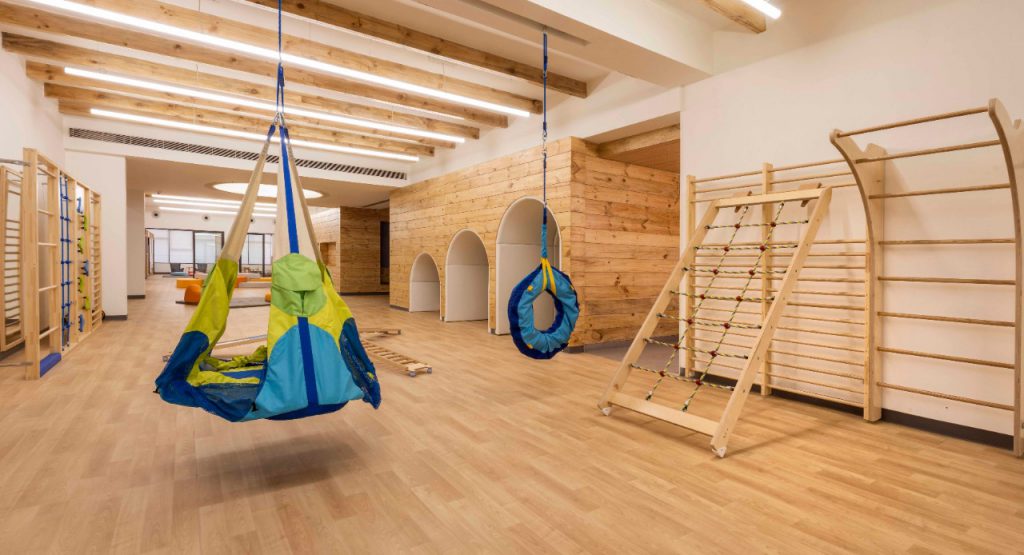
As a discipline, architecture has a strong human connection. The vast variety of people that interact with a structure throughout its lifetime, makes it important for designers to focus on the visitors’ experience and craft it to be as fulfilling as possible. With how wide a spectrum personal preferences can be, it is important to design structures that remain relevant through new trends. Good design creates an unspoken, yet timeless connection between the space and its users.
Experiential and emotive design builds on this base concept, crafting spaces on the same foundational principle of inspiring powerful emotions in visitors – most often majesty or comfort. While this practice is not new by any means, the modern approach makes it more accessible and prominent by applying it to a wider variety of spaces. It blends functionality and elegance in the right balance to provide a unique experience to each visitor. When done well, this can transform an ordinary space from pleasant to unforgettable.
There are many spectacular public structures and cultural centres that stand as monuments to this style of experiential design. New York’s Grand Central Terminal, for instance, achieves this with its majestic multi-storeyed design, high ceilings and intricate facade, housing the heart of the busiest city in the world. It is no surprise that it has remained a prominent New York landmark since 1913, due to the emotive connection it creates with every single visitor.
Experiential architecture is not limited to massive structures or public spaces. Smaller spaces can build their own unique atmosphere and aesthetic by tasteful use of elements like light, open spaces, and personal comfort. Cinemas and malls are associated with a fantastic, larger than life experience, and often use the retail design style prominently to fulfil that aesthetic. The spacious floor layouts, high ceilings, bright lights and vivid colour schemes that we directly associate with cinemas, malls and supermarkets, are designed to insulate visitors from the real world and encourage exploration within.
Experiential design truly shines at personalising residences. As the ultimate manifestation of personal approaches, it lets owners create their own environment specific to their distinct sense of comfort and security. Touches of natural lighting, soothing hues and luxurious furnishing can make homes much cozier, while a personalised colour scheme and interior arrangement makes the living space a reflection of personal tastes that remains welcoming even years later.
There will never be any one-size-fits-all solutions to experiential design, just as there is no universal solution to what qualifies as good or bad art. The experiential approach however, does offer endless opportunities to personalise a space to make it evoke positive emotions and thus be more intimate. By framing a space around the human experience, we make it be an interactive space rather than a passive area, and by giving it a unique personality that visitors can appreciate, we ensure that it is not just exciting in the moment, but timelessly memorable.
